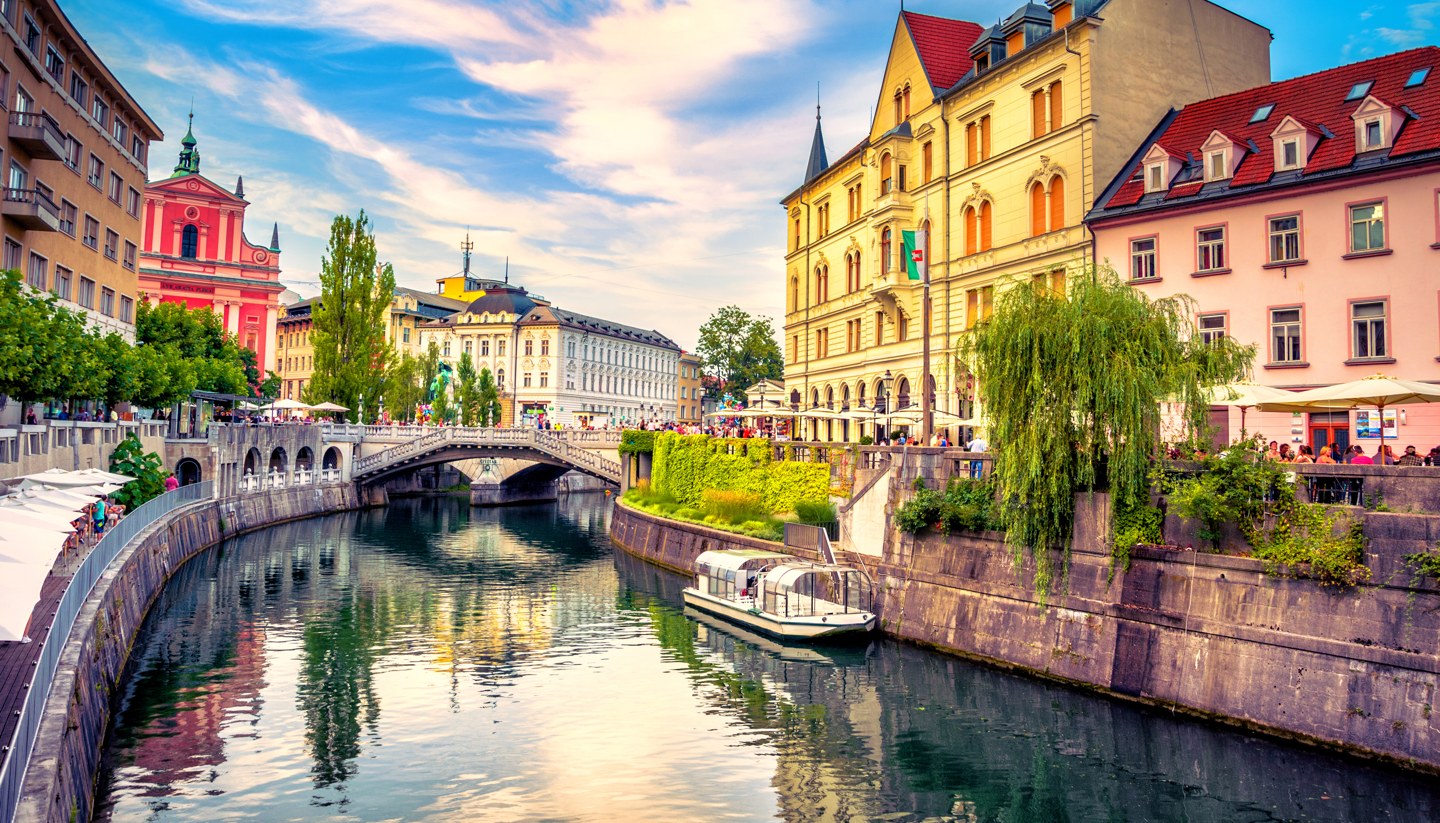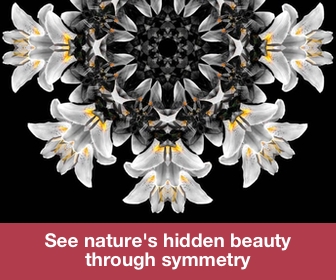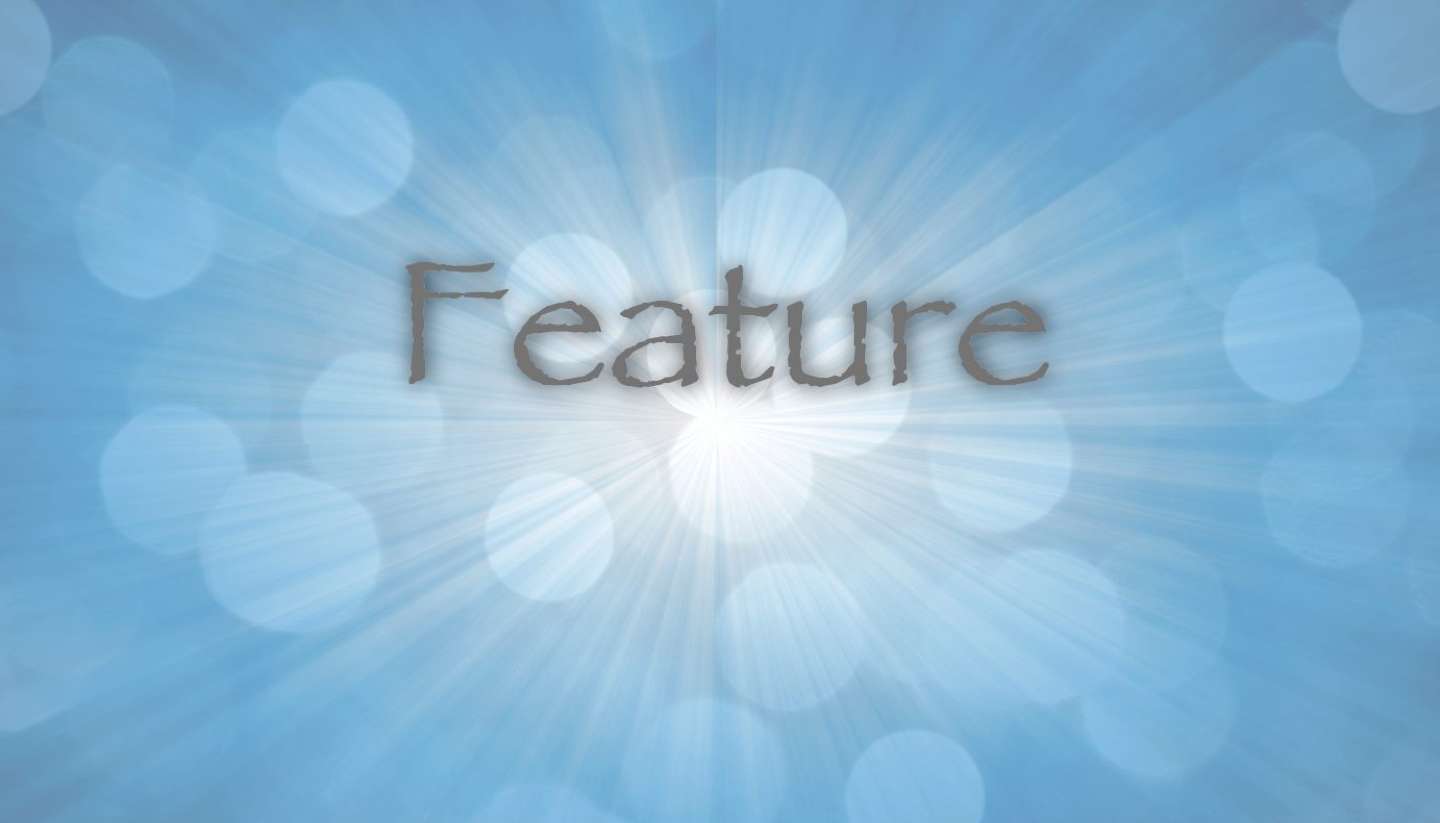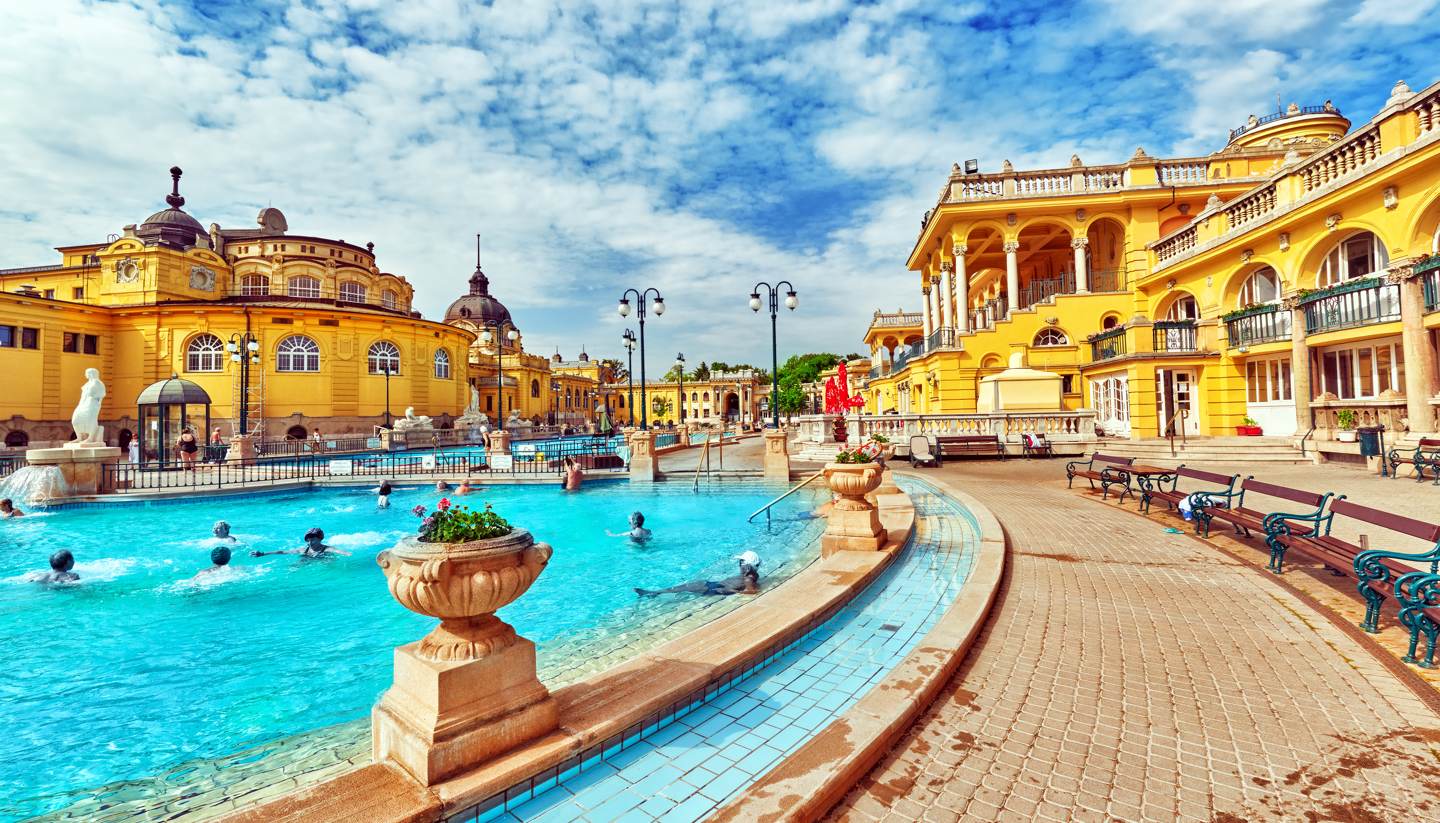Slovenia travel guide
About Slovenia
Slovenia might just be Europe's best-kept secret—a pint-sized paradise where nature, history, and culture collide in the most delightful ways. Imagine a land where emerald-green valleys meet snow-dusted peaks, fairytale castles perch on hilltops, and the wine flows as freely as the rivers that carve through its pristine landscape. It's the kind of place that leaves you wondering why everyone isn't talking about it, yet secretly thankful they're not.
Ljubljana, the capital, is where most travellers begin their journey. With a population of just under 300,000, Ljubljana feels more than like a warm hug than a bustling capital city. Indeed, the city is all about easy charm—cosy cafés spilling onto cobblestone streets, boutique shops begging to be explored, and a laid-back vibe that's as refreshing as a crisp Slovenian white wine.
But the real magic happens when you venture beyond Ljubljana. There's Lake Bled, so picture-perfect it looks like it was plucked from a postcard. The Adriatic coastline sparkles with Venetian-inspired towns like Piran, while the caves of Postojna and Škocjan offer an otherworldly glimpse into Slovenia's subterranean wonders. And for the thrill-seekers, the ski runs of Kranjska Gora deliver adventure with a side of jaw-dropping Alpine views.
Whether you're hiking through vineyards, sipping wine in the sun, or simply soaking in the beauty around you, Slovenia doesn't just welcome you—it spoils you. Come see for yourself why this tiny nation leaves such a giant impression.
Key facts
20,271 sq km (7,827 sq miles).
2.121 million (2023).
105 per sq km.
Ljubljana.
Parliamentary Republic.
President Natasa Pirc Musar since 2022.
Prime Minister Robert Golob since 2022.
Travel Advice
Before you travel
No travel can be guaranteed safe. Read all the advice in this guide. You may also find it helpful to:
- see general advice for women travellers
- read our guide on disability and travel abroad
- see general advice for LGBT+ travellers
- read about safety for solo and independent travel
- see advice on volunteering and adventure travel abroad
Travel insurance
If you choose to travel, research your destinations and get appropriate travel insurance. Insurance should cover your itinerary, planned activities and expenses in an emergency.
About FCDO travel advice
The Foreign, Commonwealth & Development Office (FCDO) provides advice about risks of travel to help you make informed decisions. Find out more about FCDO travel advice.
Get travel advice updates
Sign up to get email notifications when this travel advice is updated.
Follow FCDO:
This information is for people travelling on a full ‘British citizen’ passport from the UK. It is based on the UK government’s understanding of the current rules for the most common types of travel.
The authorities in Slovenia set and enforce entry rules. If you’re not sure how these requirements apply to you, contact the Slovenian Embassy in the UK.
Passport validity requirements
Slovenia follows Schengen area rules. Your passport must:
- have a ‘date of issue’ less than 10 years before the date you arrive – if you renewed your passport before 1 October 2018, it may have a date of issue that is more than 10 years ago
- have an ‘expiry date’ at least 3 months after the day you plan to leave the Schengen area (the expiry date does not need to be within 10 years of the date of issue)
Check with your travel provider that your passport and other travel documents meet requirements. Renew your passport if you need to.
You will be denied entry if you do not have a valid travel document or try to use a passport that has been reported lost or stolen.
Visa requirements
You can travel without a visa to the Schengen area, which includes Slovenia, for up to 90 days in any 180-day period. This applies if you travel:
- as a tourist
- to visit family or friends
- to attend business meetings, cultural or sports events
- for short-term studies or training
The requirements for working in Slovenia are different.
If you’re travelling to other Schengen countries as well, make sure your whole visit is within the 90-day visa-free limit. Visits to Schengen countries in the 180 days before you travel count towards your 90 days. If you overstay the 90-day visa-free limit, you may have to pay an on-the-spot fine. If you cannot pay the fine, the border police can confiscate your documents or assets until you pay. You may also be banned from entering Schengen countries for up to 3 years.
Make sure you get your passport stamped on entry and exit.
If you’re a visitor, border guards will look at your entry and exit stamps to check you have not overstayed the 90-day visa-free limit for the Schengen area.
If your passport is missing a stamp, show evidence of when and where you entered or left the Schengen area (for example, boarding passes or tickets) and ask the border guards to add the date and location in your passport.
At Slovenian border control, you may need to:
- show a return or onward ticket
- prove that you have enough money for your stay
Staying longer than 90 days in a 180-day period
To stay longer, you must meet the Slovenian government’s entry requirements. Check which type of visa or permit you need with the Slovenian Embassy in the UK.
If you’re in Slovenia with a residence permit or long-stay visa, this does not count towards your 90-day visa-free limit.
Read about passport stamping if you live in Slovenia.
New Schengen entry requirements
The EU’s Entry/Exit System (EES) is expected to start in October 2025. It is not currently in operation. The European Union will inform about the specific start date of the EES before its launch.
Read more information on the EU Entry/Exit System.
Checks at land borders
There are checks at Slovenia’s land borders with:
- Italy
- Croatia
- Hungary
- Austria
If you are travelling from Croatia or Hungary, only enter Slovenia at border crossings open to all passengers. Allow extra time for crossing Slovenia’s land borders and be ready to show your passport or residency card. Checks may also involve vehicle inspections.
Registering with the police
You must register with the police within 3 days of your arrival, but any registered hotel or guest house will do this for you. If you are staying in self-catering accommodation, or with friends or family, check registration arrangements with your booking agent or your host. If you do not register your presence in Slovenia, you could get a fine.
Vaccine requirements
For details about medical entry requirements and recommended vaccinations, see TravelHealthPro’s Slovenia guide.
Customs rules
There are strict rules about goods you can take into or out of Slovenia. You must declare anything that may be prohibited or subject to tax or duty.
Taking food into Slovenia
You cannot take meat, milk or products containing them into EU countries. There are some exceptions such as powdered baby milk, baby food and special foods or pet feed required for medical reasons.
Taking money into Slovenia
Declare cash or travellers cheques if the value is 10,000 euros or more. You will get a certified declaration to show you brought it in with you. If you do not, your money could be seized when you leave.
Terrorism
There is a high threat of terrorist attack globally affecting UK interests and British nationals, including from groups and individuals who view the UK and British nationals as targets. Stay aware of your surroundings at all times.
UK Counter Terrorism Policing has information and advice on staying safe abroad and what to do in the event of a terrorist attack. Find out how to reduce your risk from terrorism while abroad.
Terrorism in Slovenia
Although there’s no recent history of terrorism in Slovenia, attacks cannot be ruled out.
Laws and cultural differences
Personal ID
Always carry a copy of your passport as a form of ID. You can get a 50 to 200 euro fine if the police ask you for ID and you cannot show it.
Illegal drugs
Illegal drugs, including cannabis, carry severe penalties. You should expect a long jail sentence and heavy fines for possessing, using or smuggling illegal drugs, including when transiting through the airport.
Airports in Slovenia have excellent technology and security for detecting illegal items. This is also used to scan the baggage of transiting passengers.
Road crossing fines
There are heavy fines for not using designated road crossing points (‘jaywalking’). If you cannot pay an on-the-spot fine, the police or authorities can confiscate your documents or assets until you pay.
Tour guides
Tour guides must display a tour guide card to show they are registered with the Slovenian authorities.
Emergency siren tests
The Slovenian authorities test a nationwide emergency siren on the first Saturday of every month at 12pm. If you hear the siren at another time, follow instructions from the authorities.
Outdoor activities and adventure tourism
Skiing and mountaineering
If you are planning a skiing or mountaineering holiday, check advice on weather, safety conditions and risks before you travel. Off-piste skiing is highly dangerous as there is a risk of avalanches in some areas. See Preparing for winter sports abroad.
Hiking
If you plan to hike in Slovenia:
- consider the level of difficulty and distance
- plan for the weakest member of your group
- use a printed or digital map with marked paths and their descriptions
- tell family or friends of your plans
- check whether mountain cabins are open
- do not use hiking trails that have been closed or take shortcuts
- follow local safety advice about bears. Bears are present in wooded areas throughout Slovenia, including near cities. In 2025 a bear attacked a person walking their dog in Skofljica, 6 miles southeast of Ljubljana. See What to do when encountering a bear if you encounter a bear.
Some demanding mountain trails can include sections of via ferrata (steel wires and metal rungs), which need a climbing harness and helmet.
For mountain rescue, call 112.
Transport risks
Road travel
If you are planning to drive in Slovenia, see information on driving abroad and check the rules of the road in the RAC’s Slovenia guide. The guide lists driving regulations and other legal requirements you need to be aware of, such as:
- always driving with headlights on
- carrying a warning triangle, reflective jacket and first aid kit
- on-the-spot fines for offences including speeding, drink-driving and using a mobile phone without a wireless headset
You can drive in Slovenia on your UK driving licence.
Hire car companies often have stricter requirements for their customers, such as a higher minimum age.
If you live in Slovenia, check the driving requirements for residents.
Check if you need a UK sticker to drive your car outside the UK.
Drink-driving is a serious offence in Slovenia. The blood alcohol limit for experienced drivers is 0.05% (in England it is 0.08%). If you are under 21 or have had your licence less than 2 years, it is illegal to have any alcohol in your system. You could get a fine and possible imprisonment if you’re caught over the limit.
See Slovenia traffic and border crossing reports.
Motorway tolls
If you drive on Slovenian motorways, you must buy an ‘e-vignette’ for electronic tolls. You can buy weekly, monthly or yearly e-vignettes at:
- petrol stations
- post offices
- DARS (the Slovenian Motorway Company) offices in Slovenia and in neighbouring countries near the border
You can also buy e-vignettes from DARS online before or during your stay in Slovenia. Only use the official DARS website to buy these online.
If your vehicle weighs more than 3.5 tonnes, you must register it under the DarsGo system to use Slovenia’s motorways and expressways. Collect a DarsGo unit from a DarsGo service point when you enter Slovenia for the first time.
Driving in winter
You must use winter equipment from 15 November until 15 March and whenever there are winter weather conditions (for example, snowfall, blizzards or black ice).
Private cars and vehicles up to 3.5 tonnes must have winter tyres on all 4 wheels, or summer tyres on all 4 wheels and snow chains in the car boot. The minimum tyre tread depth is 3mm.
Vehicles over 3.5 tonnes must have winter tyres on the driving wheels or summer tyres on all 4 wheels and snow chains in the boot.
You can get a fine of 125 euros for not having this equipment, or 417 euros if you also cause road delays.
Extreme weather and natural disasters
Find out what you can do to prepare for and respond to extreme weather and natural hazards.
See weather forecasts and warnings in English.
Seasonal storms
All parts of Slovenia can experience sudden, extreme storms. There can be strong winds and rain, snowfall, lightning and powerful hailstorms. Storms can cause landslides and road closures. Check weather and traffic reports before you travel. If you’re caught in a storm, find shelter until the storm passes and follow local advice.
Flooding
Flash floods can be dangerous, happen with little warning and disrupt transport and other networks. Keep a close eye on weather forecasts and follow the advice of local authorities.
Wildfires
During especially hot and dry periods there is a risk of wildfires. It’s illegal to do anything that starts a fire that poses a danger to human life or could cause significant damage.
Earthquakes
Western Slovenia is on an earthquake fault line and is subject to occasional tremors. The US Federal Emergency Management Agency website has advice about what to do before, during and after an earthquake.
Before you travel check that:
- your destination can provide the healthcare you may need
- you have appropriate travel insurance for local treatment or unexpected medical evacuation
This is particularly important if you have a health condition or are pregnant.
Emergency medical number
Dial 112 and ask for an ambulance.
Contact your insurance or medical assistance company quickly if you’re referred to a medical facility for treatment.
Vaccine recommendations and health risks
At least 8 weeks before your trip:
- check the latest vaccine recommendations for Slovenia
- see where to get vaccines and whether you have to pay on the NHS travel vaccinations page
See what health risks you’ll face in Slovenia, including:
- tick bites and tick-borne encephalitis
- poor air quality in parts of Slovenia at certain times of the year
Altitude sickness is a risk in parts of Slovenia. Read more about altitude sickness on TravelHealthPro.
Medication
The legal status and regulation of some medicines prescribed or bought in the UK can be different in other countries.
Read best practice when travelling with medicines on TravelHealthPro.
Healthcare in Slovenia
FCDO has a list of medical providers in Slovenia where some staff will speak English.
Health insurance cards
To get medically necessary state healthcare in Slovenia, you need a Global Health Insurance Card (GHIC) or a European Health Insurance Card (EHIC).
The NHS’s getting healthcare abroad webpage has details about:
- how to apply for a GHIC
- how to get temporary cover if you lose your card or it does not arrive in time
- who qualifies for a new EHIC instead of a GHIC
- what treatment counts as medically necessary
A GHIC or EHIC is not an alternative to travel insurance. You may have costs your GHIC or EHIC does not cover, including:
- changes to travel and accommodation bookings
- additional standard costs for treatment
- medical repatriation to the UK
- treatment that is ruled non-urgent
- private healthcare
- private clinics
There is also guidance on healthcare if you’re living in Slovenia.
Travel and mental health
Read FCDO guidance on travel and mental health. There is also mental health guidance on TravelHealthPro.
Getting help
The Foreign, Commonwealth & Development Office (FCDO) cannot provide tailored advice for individual trips. Read this travel advice and carry out your own research before deciding whether to travel.
Emergency services in Slovenia
Police: 113
Ambulance, fire and mountain rescue: 112
Contact your travel provider and insurer
Contact your travel provider and your insurer if you are involved in a serious incident or emergency abroad. They will tell you if they can help and what you need to do.
Refunds and changes to travel
For refunds or changes to travel, contact your travel provider. You may also be able to make a claim through insurance. However, insurers usually require you to talk to your travel provider first.
Find out more about changing or cancelling travel plans, including:
- where to get advice if you are in a dispute with a provider
- how to access previous versions of travel advice to support a claim
Support from FCDO
FCDO has guidance on staying safe and what to do if you need help or support abroad, including:
- finding English-speaking lawyers, funeral directors and translators and interpreters in Slovenia
- dealing with a death in Slovenia
- being arrested or imprisoned in Slovenia
- getting help if you’re a victim of crime
- what to do if you’re in hospital
- if you’re affected by a crisis, such as a terrorist attack
Contacting FCDO
Help abroad
See how to get help from the UK government abroad including in an emergency.
Help in the UK
You can call FCDO in London if you need urgent help because something has happened to a friend or relative abroad.
Telephone: 020 7008 5000 (24 hours)
Get travel advice updates
Sign up to get email notifications when this travel advice is updated.
Follow FCDO:
Risk information for British companies
The Overseas Business Risk service offers information and advice for British companies operating in Slovenia on how to manage political, economic, and business security-related risks.




